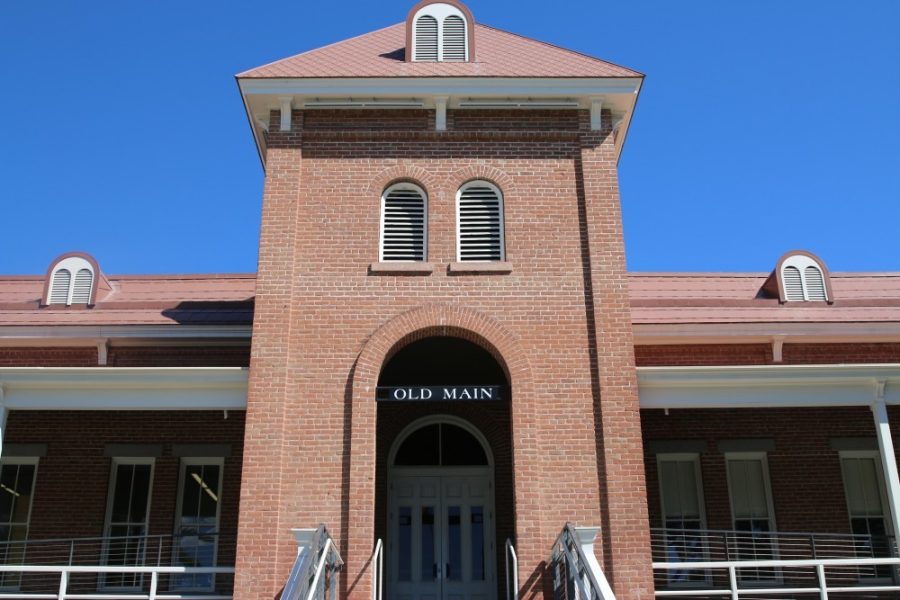University of Arizona President Dr. Robert C. Robbins and university leadership discussed what it means for the UA to be valued as one of the top-20 public research universities during a pandemic on Friday, April 8.
There are many contributions to what makes the UA so well-renowned, according to Robbins. He mentioned that between our highly reputable faculty members as well as our increasingly diverse student body, the campus was able to sustain itself amidst the pandemic and its apparent end.
“We’ve got the most diverse undergraduate incoming class we’ve ever had, and next year I think it’s going to be even better,” Robbins said.
The UA is in the top 5% of overall diversity even amidst the pandemic, according to the College Factual’s University of Arizona “Demographics & Diversity Report.”
“Not only did we survive the COVID-19 pandemic, we thrived,” Robbins said. “We’re up to 50,000 students, which is amazing.”
RELATED: Arizona Board of Regents approve UA tuition increase; And other notes from the April meeting
Robbins said cases continue to remain low despite changing the mask requirement to a recommendation. According to the COVID-19 dashboard, there have only been 28 positive cases from March 30 to April 8, which is 1.2% of the campus population.
Elaborate research programs in the several colleges within UA continued during the pandemic while other universities were not able to maintain their departments as efficiently, ultimately moving the university up in the rankings of public research universities.
Robbins described the College of Science as the UA’s “juggernaut.” Some additional standout research programs consist of the ones in the Eller College of Management, Wyant College of Optical Sciences and the Astronomy program.
“In astronomy, funding-wise, there’s nobody that [compares],” Robbins said. “By having these top research programs, fundamental discoveries can be translated into commercializable products, create companies, create jobs and potentially revenue,” Robbins said.
The university values training its undergraduate students to become avid researchers in all areas of education, not just science. However, Robbins said that, specifically, students that work in the “hypersonics” lab have “guaranteed” job opportunities following graduation.
According to their website, the Computational Hypersonics and Nonequilibrium Laboratory is highly active “in the development and application of physical models and computational methods for simulation of complex phenomena such as nonequilibrium and reactive flows experienced during hypersonic flight.” Work done in the hypersonics lab can be attributed to the university’s rank in the top-20 public research universities during a pandemic.
“There’s a whole group of scientists and clinicians who came together over the last few years. They really helped us mitigate all the difficulties that many other institutions struggled [with],” Robbins said.
Follow Annabel Lecky on Twitter








